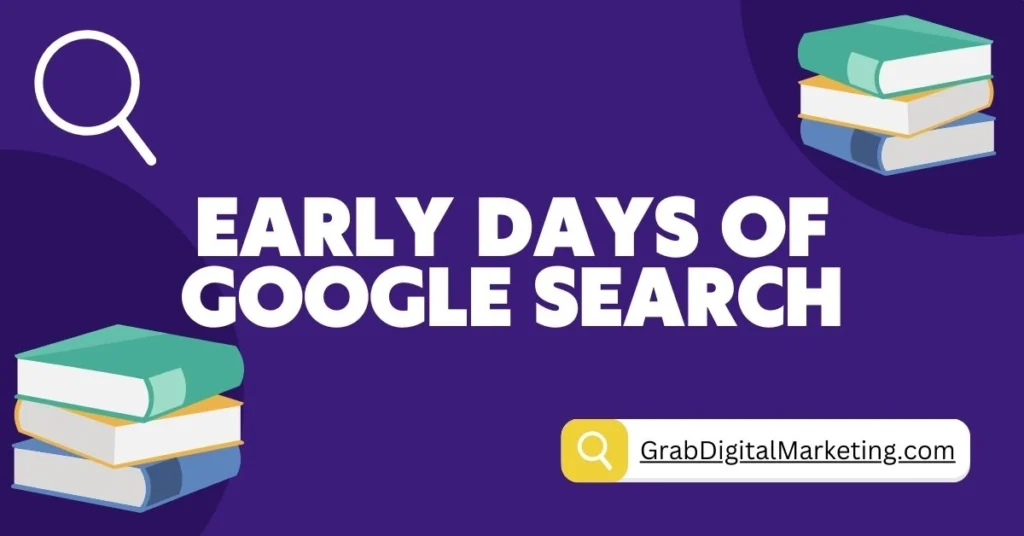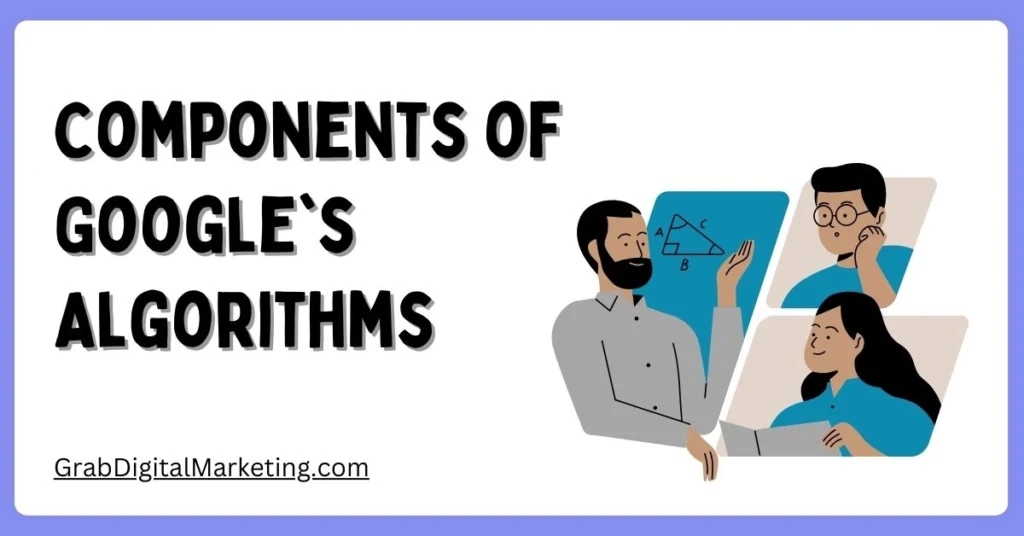Table of Contents
Sure thing! Algorithms are the secret sauce behind Google’s search engine, helping to deliver the most relevant results to your queries. Here’s an overview of the evolution of Google algorithms and their key components:
Google Algorithms Overview

Google’s search algorithms are a complex system used to retrieve data from its search index and instantly deliver the best possible results for a query. They are constantly evolving and improving to provide users with high-quality information. Below are some of the most significant updates and changes that have shaped Google’s search algorithms:
1. Early Days of Google Search

- 1996 – Backrub: The precursor to Google, Backrub, was developed by Larry Page and Sergey Brin while they were at Stanford University. It used backlinks to determine the importance of web pages.
- 1998 – Google Search: The first version of Google Search was launched, using the PageRank algorithm to rank web pages based on the number and quality of links to them.
2. Major Algorithm Updates

- 2003 – Florida Update: This update aimed to eliminate spammy tactics like keyword stuffing and improve the quality of search results.
- 2011 – Panda Update: Designed to reduce the rankings of low-quality content and promote high-quality sites. It affected around 12% of all search results.
- 2012 – Penguin Update: Targeted webspam and penalized sites that violated Google’s Webmaster Guidelines, focusing on manipulative link-building tactics.
- 2013 – Hummingbird Update: A major overhaul of the core algorithm, designed to better understand the meaning behind search queries and provide more relevant results.
- 2015 – Mobilegeddon: Prioritized mobile-friendly websites in mobile search results, reflecting the growing importance of mobile internet usage.
- 2015 – RankBrain: An AI-based component of the Hummingbird algorithm that uses machine learning to improve search results, especially for complex and ambiguous queries.
- 2018 – Medic Update: Focused on improving the quality of medical and health-related content, impacting sites that provide health-related information.
- 2019 – BERT Update: A significant advancement in natural language processing, allowing Google to better understand the context of words in search queries.
3. Components of Google's Algorithms

- Crawling and Indexing: Googlebot crawls the web, discovering and indexing new and updated content.
- PageRank: An algorithm that ranks web pages based on the quantity and quality of links pointing to them.
- Relevance and Context: Algorithms analyze the relevance and context of content to match user intent.
- Quality Assessment: Factors such as expertise, authority, and trustworthiness (E-A-T) are used to assess the quality of content.
- User Experience: Metrics like page load speed, mobile-friendliness, and user engagement are considered.
- Semantic Search: Understanding the meaning behind search queries to provide more accurate results.
- Personalization: Tailoring search results based on user preferences, location, and search history.
4. Future of Google Algorithms

As technology continues to advance, Google is likely to focus on improving the following areas:
- Artificial Intelligence: Further integration of AI and machine learning to better understand and predict user behavior.
- Voice Search: Enhancing algorithms to cater to the growing popularity of voice-activated search.
- Visual Search: Improving image and video recognition to provide more accurate visual search results.
- Privacy and Security: Ensuring user data privacy and security while delivering personalized search experiences.



